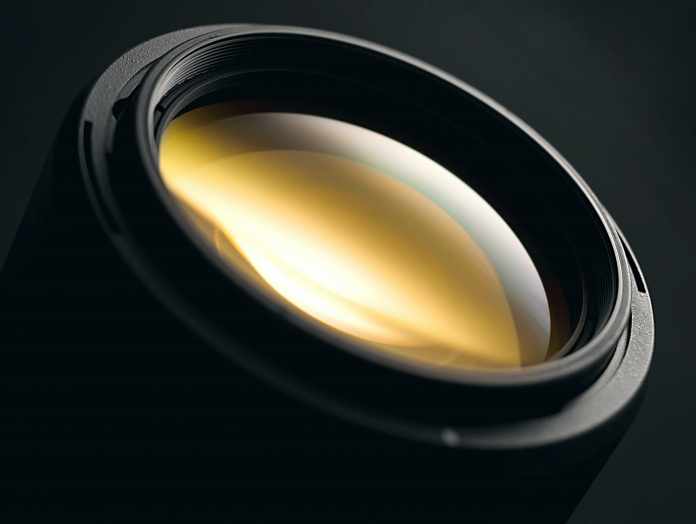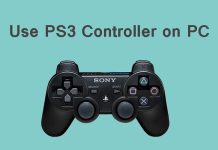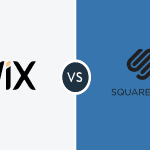What is Powder Coating?
Powder coating consists of resins and pigments that are ground down into a fine powder’s, then melted and re-ground, blending these ingredients together. In this post, you will learn about what is powder coating and its uses.
You apply powder’s coating as a dry process, spraying it onto a surface using an electrostatically-charged spray gun.
Once you have applied the dry powder’s coating, you then cure it by baking it in an oven.
This is a critical part of the process, because the heat causes the dry particles to melt, merge and fuse together, forming a tough, uniform outer coat.
Once it has cooled, this coating is hardwearing, giving metal surfaces an attractive, resilient finish.
There are two major categories of powder’s coating, thermoplastic and thermoset.
Powder’s coating has two main categories, thermoplastic and thermoset.
The main difference between them is that most thermoset coatings set much harder after curing, undergoing an irreversible process due to their chemical reaction under heat.
With thermoplastic coatings, you can reheat and remould them.
Thermoplastic powder’s coatings include:
- Polyester
- PVC
- Polyolefin
- Nylon.
They provide good protection from wear and tear and resistance to chemicals. They are less heat resistant than thermoset powder’s coatings.
Thermoset powder’s coatings include:
- Acrylic
- Epoxy
- Epoxy-polyester hybrids
- Silicon.
They are heat-resistant, and some thermoset powder’s coatings can withstand temperatures exceeding 500°C. Thermoset coatings are good electrical insulators, but can turn brittle when exposed to UV light for prolonged periods.
Choosing a type of powder’s coating will very much depend on the intended end application. If you are unsure of the best powder coating for your requirements, seek professional advice.
What is Powder Coating Used For?
The main uses for powder’s coating are to provide finishes for metallic objects, products and surfaces. These range from steel parts used in building design to metal fabrications and consumer products.
Where a metallic surface will be outdoors and be subject to the weather, coating provides an even, protective finish that also looks pleasing to the eye. Examples include architectural steel parts, and exterior furniture, such as garden furniture or furniture used in public spaces.
Typically, these items are manufactured from steel or aluminium, then powder’s coated to make them more resilient and provide a decorative outer layer.
There are powder’s coating finishes on building facades, windows, fencing and on stadiums.
Powder coating improves protection from corrosion and wear and tear. It also protects surfaces from the elements. For these reasons, it is widely applied to farm machinery and industrial equipment.
Road signs and directional signage are powder coated to make them durable and protect them in locations where they are exposed for long, continuous periods of time.
You can apply powder coating to metal roofs and garage doors to preserve their appearance. And powder coating has aesthetic appeal, preserving the visual appeal of items such as golf carts and office furniture.
The car industry uses powder coating for various parts, including window and door handles and bumpers. Applying powder coating to window frames and wheel trims and hubcaps helps prevent damage to them and protect them against stress and gives them a decorative finish.
Other vehicle parts that you can apply powder coating to include radiators, engine blocks, shock absorbers and vehicles frames. Powder coating is applied to motorcycle and bicycle parts too.
Powder coating is used in large construction projects, in manufacturing and fabrication, and for specialist projects.
We encounter powder coating in our daily lives, on vending machines, refrigerators, washers and dryers.
What is Powder Coating benefits?
Once you apply it, powder coating provides a very durable finish:
- It resists colour-fading
- It protects against corrosion and abrasion, and
- It is long-lasting.
Applying powder coating is both economical and efficient.
It is economical, because there is little waste. Any powder you over-spray, or underuse, you can re-use.
It is an efficient form of coating because the spray application enables you to reach difficult areas such as tight corners, angles and sharp edges, and apply an even coating to them.
Powder coating is also a quick process. When you powder coat a surface, it requires no flash-off waiting time, but instead it can go directly to the curing stage. There are no solvents in powder, which speeds up the coating process significantly.
The absence of solvents also contributes to it being an environmentally-friendly process. There are no volatile organic compounds (VOCs) in powder’s coatings. This makes them safe to handle, transport and to dispose of.
To dispose of any excess powder you can’t use, simply sweep it into a container you can seal and put it in your waste disposal. Do check first that the particular powder you are using contains no materials requiring specialist waste disposal.
If you get powder’s coating on your skin, you can simply wash it off with soap and warm water.
Because it is non-hazardous, when applying the coating in a spray booth, you need less air extraction. This can mean cost savings in energy use for ventilation.
Compared to wet paint, coating is much cleaner to use. Just wipe down the spray booth afterwards, and collect any left-over powder you aren’t going to re-apply later using an industrial vacuum cleaner.
Powder’s coating is the finishing medium of choice across a broad range of industries because of its many benefits, and its versatility and adaptability.









